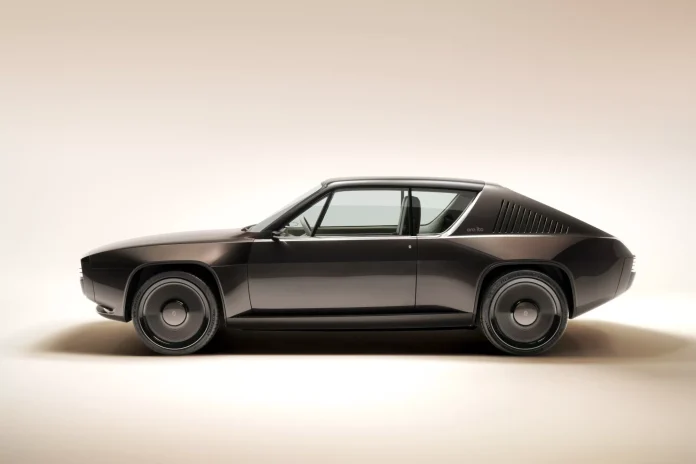Renault R17 Electric Restomod x Ora Ïto: A Timeless Blend of Heritage and Innovation
Renault has a long history of pushing boundaries, blending its automotive legacy with forward-thinking design. One of the latest examples is the Renault R17 Electric Restomod x Ora Ïto, a collaborative effort between Renault and renowned French designer Ora Ïto.
This electric restomod brings a fresh, futuristic take on the iconic Renault 17 sports coupé, originally launched in 1971.
This project represents Renault’s ongoing commitment to innovation while respecting its rich heritage.
The Legacy of Renault 17: An Icon of the 1970s
The Renault 17, launched in 1971, epitomized the sporty and avant-garde spirit of its time. This sleek 2-door coupé was known for its angular lines, bold personality, and performance-oriented features.
Renault positioned the R17 as a car combining elegance with technology, offering front-wheel drive, a longitudinal engine, and—eventually—fuel injection. It also had notable active and passive safety features, making it a tech-forward car for its era.
Between 1971 and 1979, over 92,000 units of the Renault 17 were produced, gaining a loyal following. It was available in both coupé and convertible versions, appealing to customers looking for a stylish, high-performance vehicle.
The Renault 17 became part of pop culture during the 1970s, often considered a symbol of an idealistic, forward-thinking generation.

Ora Ïto: A Visionary Designer with a Unique Approach
Enter Ora Ïto, one of the most recognized names in contemporary design. His work is characterized by “simplexity”—the merging of simplicity and complexity.
This design philosophy refines complex ideas and presents them in a way feeling simple and intuitive, yet innovative. Ora Ïto applied this concept to a variety of fields, from furniture to consumer products, and now, the Renault 17.
This project marks the first collaboration between Renault and Ora Ïto, but it’s far from Renault’s first foray into designer partnerships.
In recent years, Renault worked with designers like Mathieu Lehanneur (who reimagined the Renault 4 in SUITE N°4) and Pierre Gonalons (who electrified the Renault 5 in the 5 Diamant).
These collaborations allow Renault to experiment with new aesthetics while preserving the soul of its classic models.
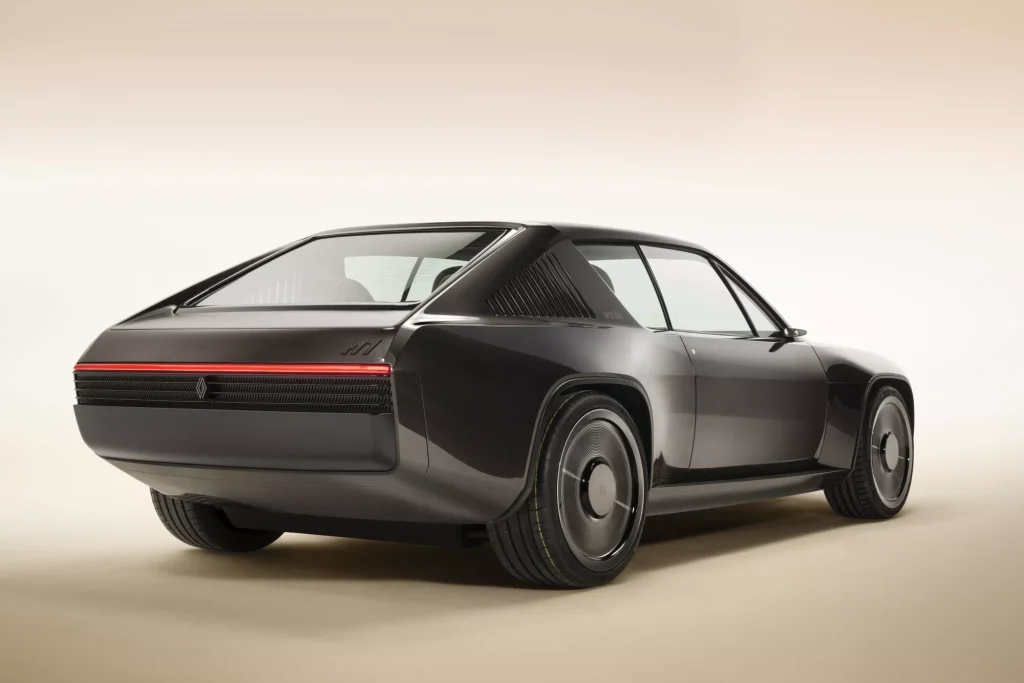
Why the Renault R17 Electric Restomod x Ora Ïto Matters
At first glance, the Renault R17 Electric Restomod may appear as a simple reworking of an old model, but it’s far more. This project embodies the retro-futuristic design ethos, where heritage meets innovation.
Ora Ïto and Renault managed to stay true to the original R17’s iconic design while integrating modern elements speaking to today’s technology and performance standards.
The R17 Electric Restomod celebrates Renault’s storied past but positions it squarely in the future. This one-of-a-kind show car isn’t intended for mass production, but rather as a conceptual piece, representing the brand’s vision of what an iconic car like the R17 could become with today’s design and technology tools.
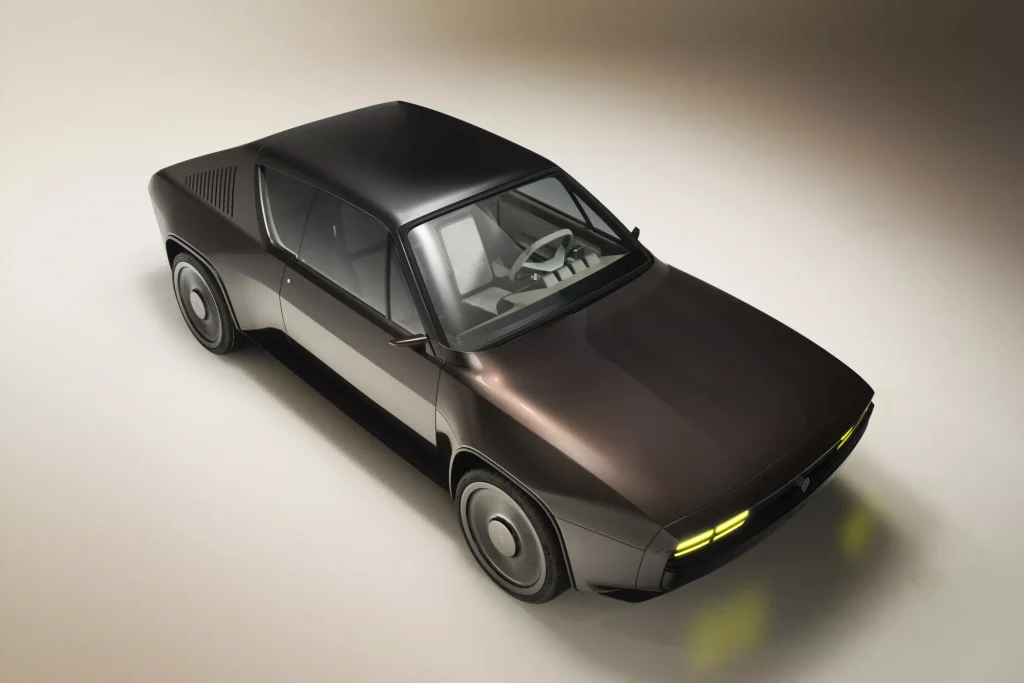
A Detailed Look at the R17 Electric Restomod’s Design
Let’s break down the design elements of this extraordinary restomod.
Exterior: Staying True to the Original, But with a Twist
The R17 Electric Restomod retains much of the monocoque structure of the original Renault 17. The doors, windows, and overall body dimensions remain faithful to the 1971 design. However, Ora Ïto made several significant modifications to modernize the car without losing its classic charm.
One of the most noticeable changes is the width—the restomod is 17 cm wider than the original, giving it better roadholding and a more aggressive stance.
The wider wings and wheels add a sculptural quality, blending elegance with performance. While the original Renault 17 had four round headlamps, Ora Ïto replaced them with four rectangular modules with rounded corners, creating a more futuristic look.
At the rear, the car features a sleek, single-strip LED taillight, bringing a modern touch to the vehicle’s aesthetics. The design retains the essence of the Renault 17’s sporty, coupé body but infuses it with elements making it look like a car designed for the future.
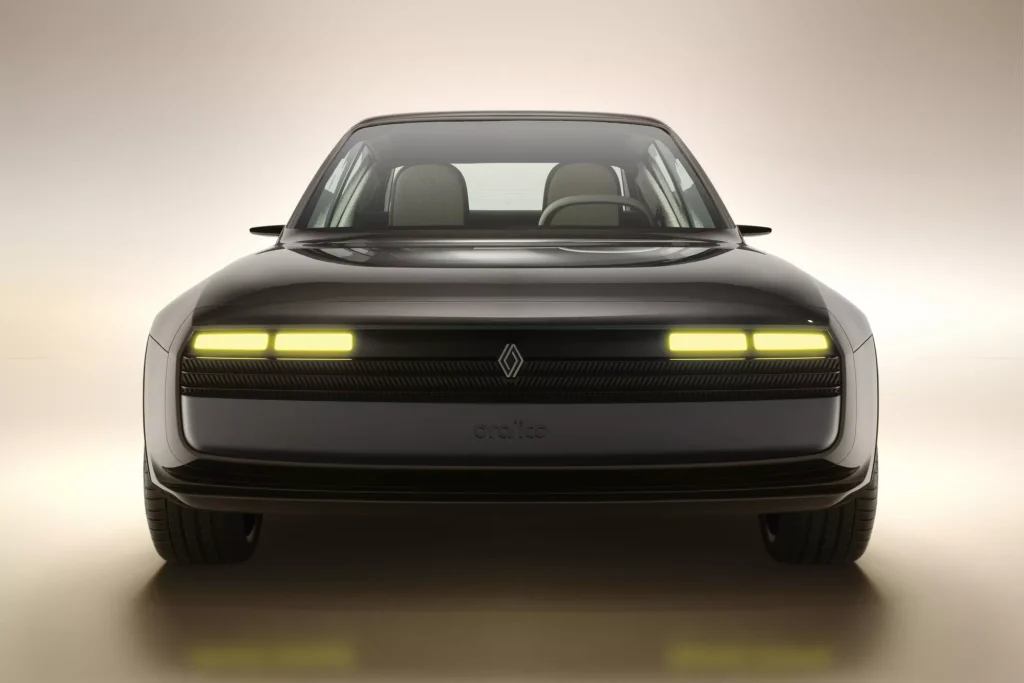
Interior: A Blend of Past and Present
While the exterior offers a bold reimagining of the Renault 17, the interior also pays homage to the original model while incorporating modern comforts and technology. The seats were redesigned but maintain the “petal” structure of the original. Ora Ïto chose premium materials like Merino wool and wool bouclé, creating a comfortable and visually appealing cabin.
The dashboard and center console were given a contemporary update, featuring a central screen with Renault’s latest graphic environment and four geometric screens behind the steering wheel. These screens are a nod to the original dials found in the Renault 17 but offer a modern, digital take.
By blending these retro and modern design cues, Ora Ïto captured the original Renault 17’s touring spirit, offering both comfort and innovation in one package.
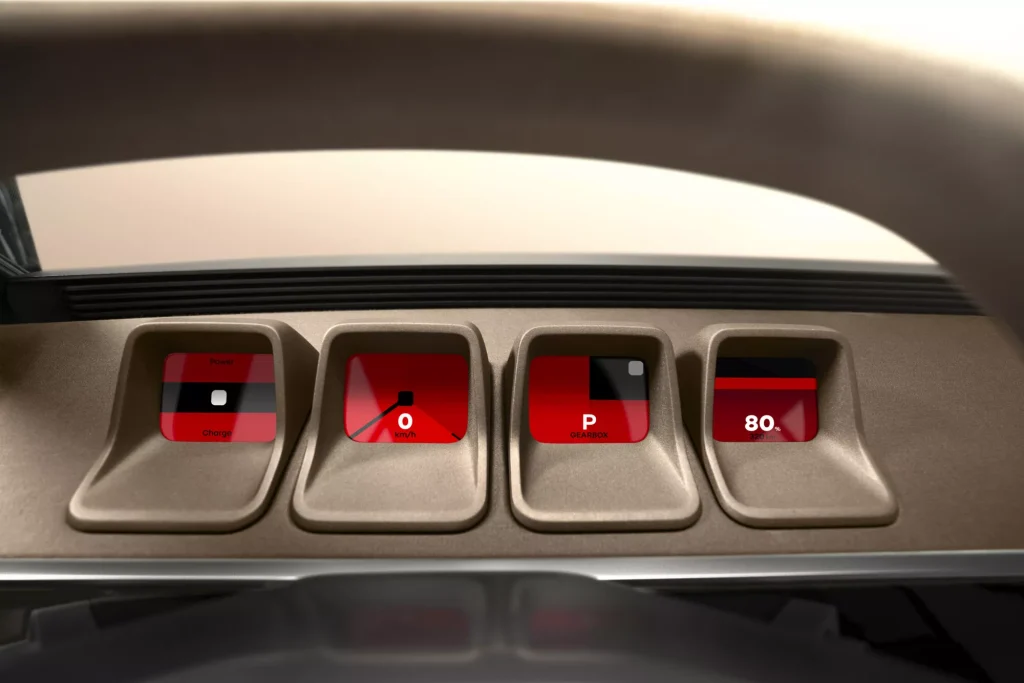
Performance: Electric Powertrain Meets Lightweight Design
Beneath the surface, the Renault R17 Electric Restomod is a technological marvel. Gone is the internal combustion engine of the 1971 model, replaced by a fully electric powertrain generating 270 horsepower. This rear-mounted power unit provides a significant boost in performance, making the restomod far more powerful than its predecessor.
The vehicle’s weight was kept in check, thanks to its carbon fiber chassis. Weighing just 1.4 tonnes, the car is lightweight, offering better handling and performance on the road.
The use of modern materials like carbon fiber ensures the car remains agile while providing the durability needed for high performance.
The combination of electric power and lightweight construction enhances the car’s driving dynamics while making it more environmentally friendly.
This aligns with Renault’s broader commitment to sustainable mobility, using the restomod concept to demonstrate how classic cars can be transformed into eco-friendly, high-performance vehicles.
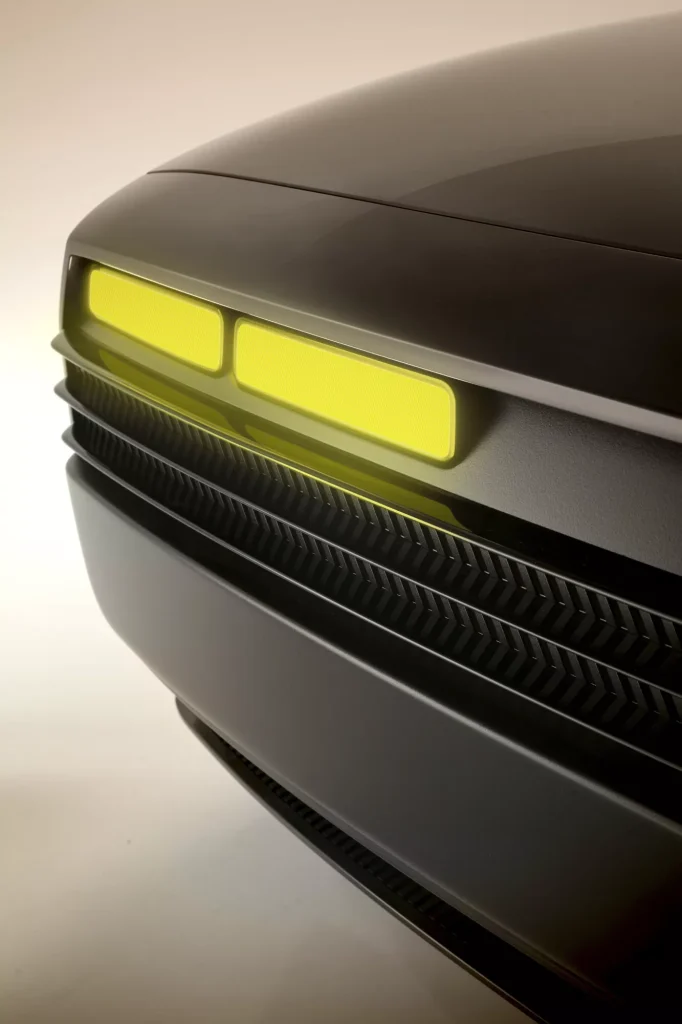
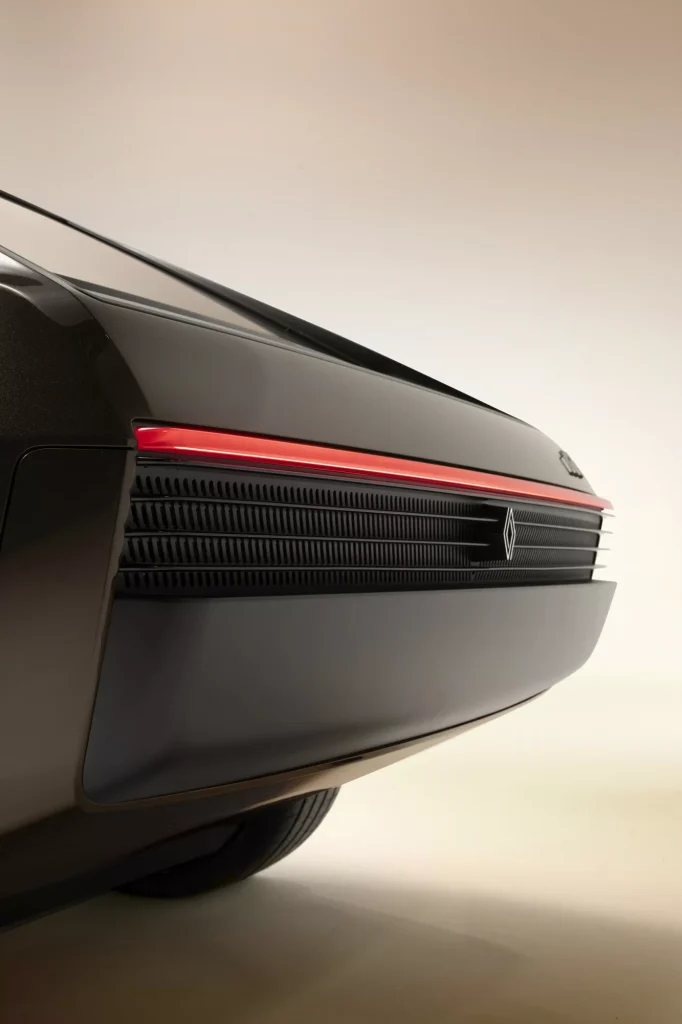
Simplexity in Design: Ora Ïto’s Signature Approach
Ora Ïto’s design philosophy, “simplexity,” is evident throughout the Renault R17 Electric Restomod. His approach simplifies complex structures to create something feeling intuitive but retaining depth.
This philosophy is perfectly suited for a project like the R17 restomod, where the challenge is to modernize a classic car without losing its essential character.
Ora Ïto applied this concept to every aspect of the car’s design. The exterior, while wider and more aggressive, still looks like a Renault 17 at its core.
The interior, despite its modern updates, retains the classic “petal” seats and tourer-style cabin making the original so comfortable. Even the technological updates, like the geometric screens, are subtle enough to feel like they belong in a car originally designed in the 1970s.
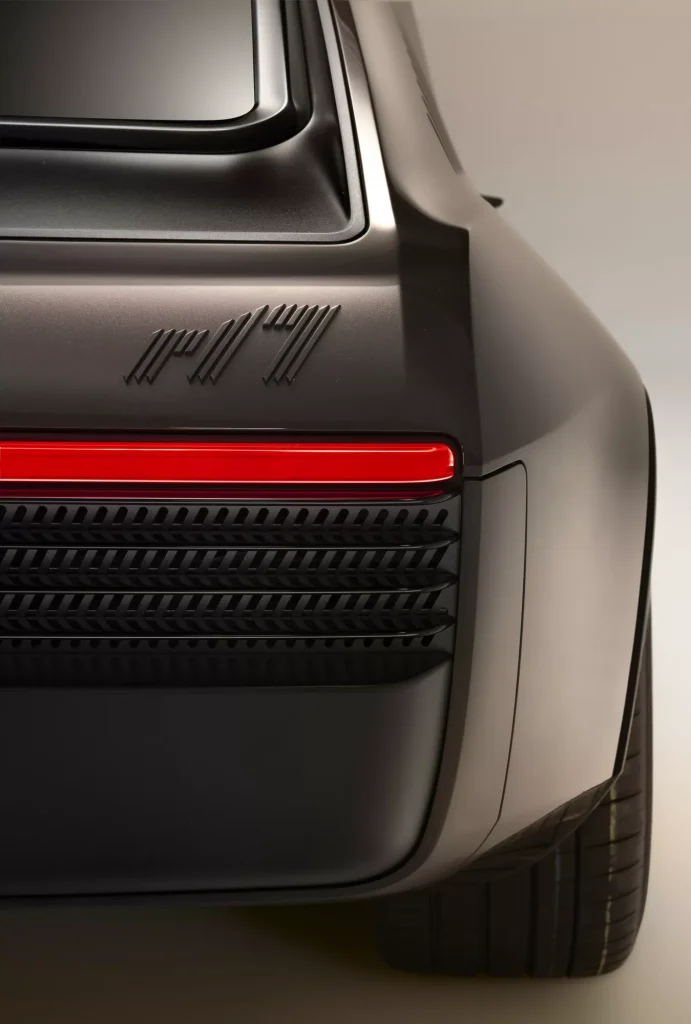
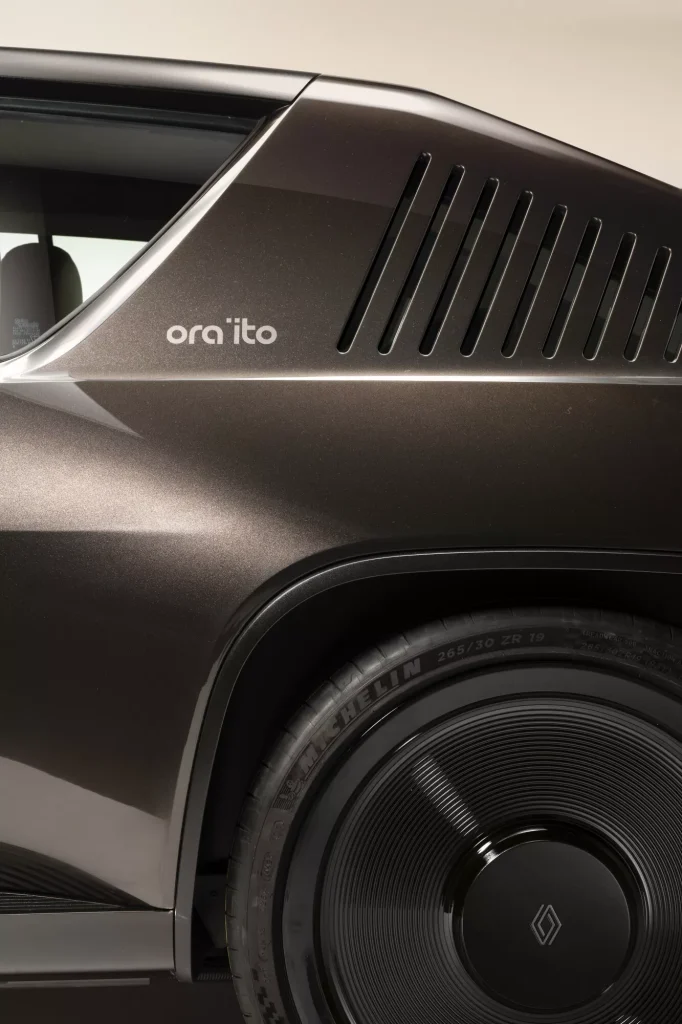
A Minimalist Aesthetic
One of the key elements of Ora Ïto’s design is minimalism. He took the angular lines of the Renault 17 and softened them, giving the car a more fluid and dynamic appearance.
The flush lines of the carbon fiber chassis, the simplicity of the headlamps, and the sleek design of the rear light strip all contribute to a minimalist yet futuristic aesthetic.
This minimalist approach doesn’t just apply to the exterior. Inside, Ora Ïto simplified the dashboard and center console, removing unnecessary clutter and focusing on clean, geometric lines.
This enhances the car’s aesthetic appeal while making it more user-friendly, staying true to the ethos of “simplexity.”
The Future of Restomod: Heritage Meets Sustainability
The Renault R17 Electric Restomod x Ora Ïto represents far more than just a collaboration between a car manufacturer and a designer. It’s a statement about the future of automotive design. By blending heritage with sustainability and innovation, Renault and Ora Ïto have shown how classic cars can be reimagined for the modern world.
This restomod isn’t just about preserving the past; it’s about adapting it to the present and future. The use of an electric powertrain and modern materials like carbon fiber points to a future where sustainability doesn’t mean sacrificing performance or style.
In fact, the R17 Electric Restomod shows classic cars can be given a new lease on life by combining timeless design with cutting-edge technology.
Conclusion: A Masterpiece of Design and Innovation
The Renault R17 Electric Restomod x Ora Ïto is a stunning example of what happens when heritage, design, and innovation come together.
This project takes the best elements of the original Renault 17—its sporty coupé design, its touring comfort, and its avant-garde spirit—and reinterprets them for the 21st century. Ora Ïto’s design philosophy of “simplexity” brings a modern, minimalist touch to the car, while the electric powertrain and lightweight chassis ensure it performs just as well as it looks.




























